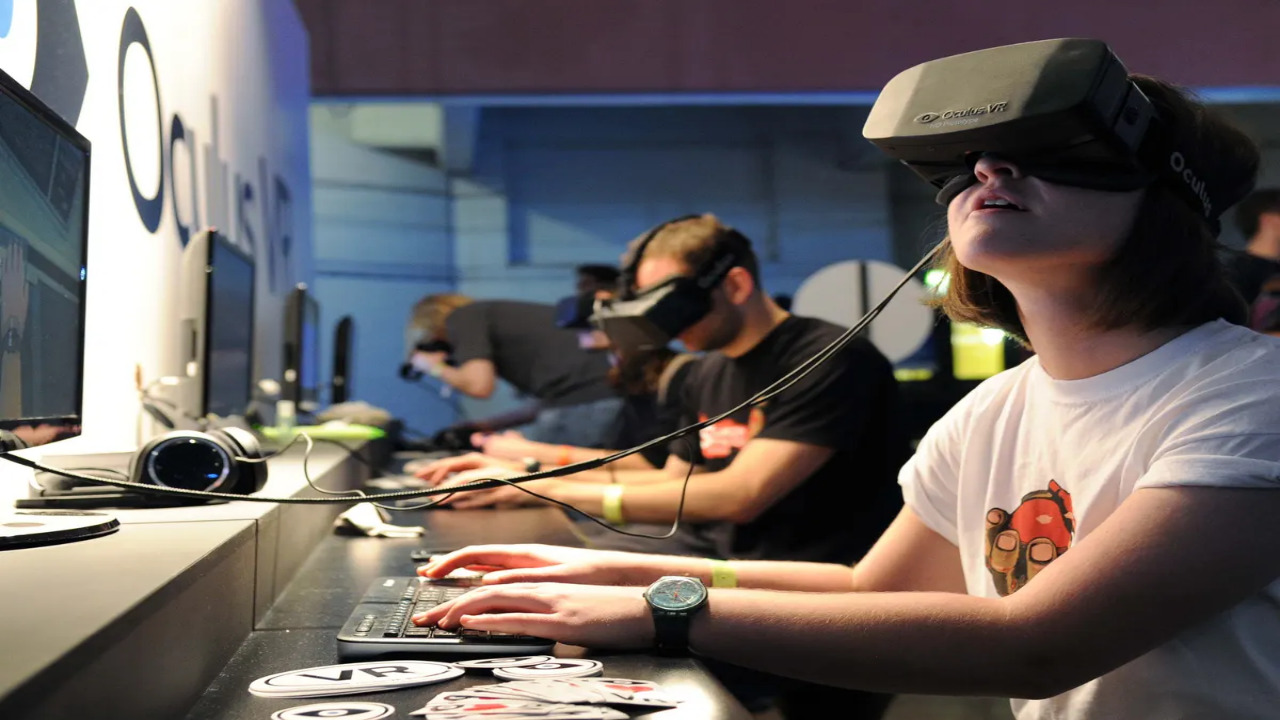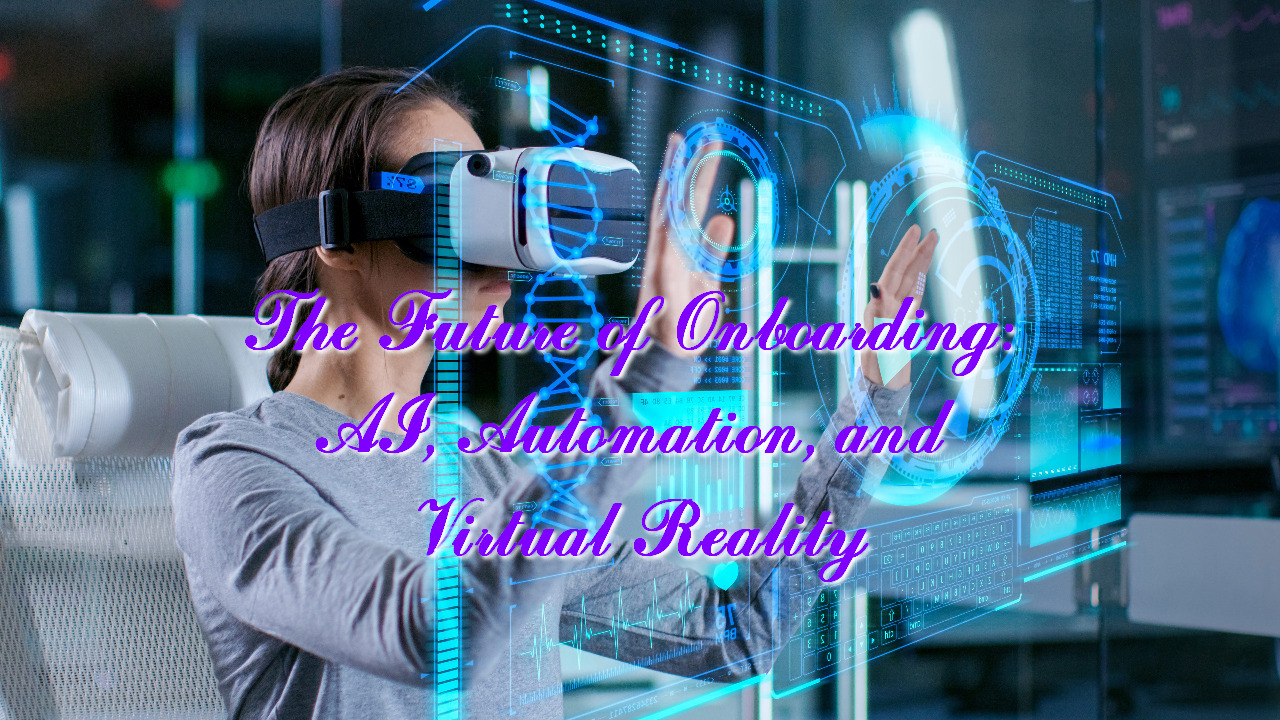As organizations continue to evolve in a rapidly changing business landscape, the way they onboard new employees is also undergoing a transformation. The traditional approach to onboarding, which often involves hours of paperwork, repetitive training sessions, and lengthy orientations, is giving way to a more efficient and immersive experience fueled by AI, automation, and virtual reality (VR). This shift promises to streamline processes, enhance engagement, and ultimately lead to more successful employee integration.
AI-Powered Personalization

Artificial Intelligence (AI) is revolutionizing the onboarding process by enabling personalized experiences for new employees. Through the analysis of data, AI algorithms can assess an employee’s background, skills, and preferences to create customized onboarding plans and even print pay stubs. This not only shortens the time required for onboarding but also ensures that new hires receive the information most relevant to their roles and learning styles. AI-powered chatbots are another facet of this transformation, guiding new employees through various tasks. These chatbots can be available 24/7, offering consistent support and reducing the reliance on human intervention for routine inquiries.
Automation for Efficiency
Automation is a key player in reshaping the future of onboarding. Mundane administrative tasks, such as filling out forms, signing documents, and setting up accounts, can be automated using workflow tools and robotic process automation (RPA). This allows HR teams to focus on more strategic aspects of onboarding, like cultural integration and skill development. Furthermore, automated onboarding workflows can be synchronized with other HR systems, like payroll and benefits, creating a seamless and error-free transition for new employees. The time saved through automation can lead to quicker productivity and a better overall experience for both employees and HR professionals.
Immersive Virtual Reality (VR) Experiences

Virtual Reality (VR) is taking onboarding to new dimensions by providing immersive experiences that simulate real-world scenarios. Rather than sitting through static presentations, new employees can participate in interactive VR sessions that introduce them to their job environment, colleagues, and typical tasks. This technology is especially beneficial for roles that involve hands-on tasks, as it allows employees to practice and gain confidence before they start working. Moreover, VR onboarding can transcend geographical barriers, enabling remote employees to feel connected and engaged from day one. As technology evolves, VR can even facilitate virtual team-building exercises and soft skills training.
Data-Driven Adaptations
Data analytics is becoming an indispensable tool in optimizing the onboarding process. HR departments can collect and analyze data on various aspects of onboarding, such as completion rates, engagement levels, and time-to-productivity metrics. This information enables organizations to identify bottlenecks, areas of improvement, and successful strategies. By continually refining the onboarding process based on data insights, organizations can create a dynamic and responsive experience that evolves with the needs of both the company and its employees. This iterative approach ensures that onboarding remains effective in integrating new talent even as the organization grows and changes.
In conclusion, the future of onboarding is being shaped by AI, automation, and virtual reality. These technologies are enhancing efficiency, personalization, engagement, and adaptability in the onboarding process. As organizations increasingly recognize the importance of getting new employees up to speed quickly and effectively, they are embracing these innovations to create a smoother transition for their workforce. By combining the power of AI, automation, and virtual reality, the onboarding process is poised to become more efficient, engaging, and tailored to individual needs, ultimately leading to higher levels of job satisfaction, retention, and success for both employees and employers.



